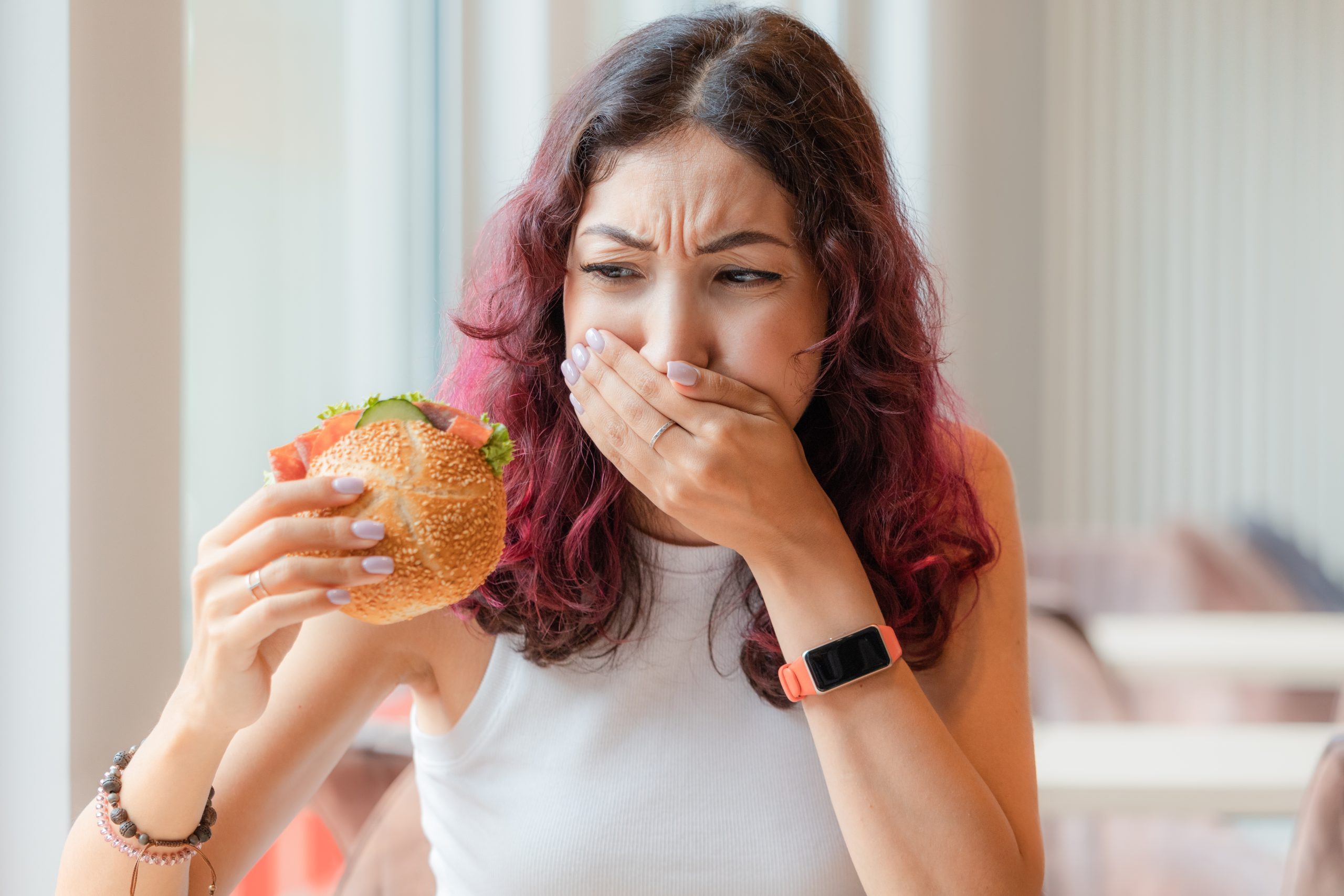Nearly every American has eaten fast food at some point in their lives. Even though it’s become common knowledge that it’s not the best for you, the convenience and price have always drawn people in. After a long day of working, most people don’t want to come home and cook a meal for themselves and their families. Most would rather get something quick from around the corner. However, be careful about what you order. There’s a chance you’ll be eating plastic if you decide on any of the items listed below.
One of the most popular fast food joints in the world is McDonald’s. The brand started as one of the first restaurants to serve food quickly to clientele. As time has gone on, their chicken McNuggets have become one of the most common foods to order. However, those who crave them should be aware that nuggets aren’t the only thing they’re eating. Because of the cardboard box they come in, the nuggets contain some phthalates.
Another common place to order food is Pizza Hut. Tons of families order one or two large pizzas for cheap and save the leftovers for more meals over the next few days. Guests should be careful of ordering pizzas from there, though. Like McDonald’s, the cardboard box the pizza is delivered in contains phthalates, which are absorbed into the pizza. For more food-related content, click here to read about America’s 20 favorite snacks.
To compile this list of fast food items to avoid because they contain plastics, 24/7 Tempo consulted Consumer Reports as a source. The website conducted a study and concluded that the following foods have the most phthalates in them.
Wendy’s: Chicken nuggets
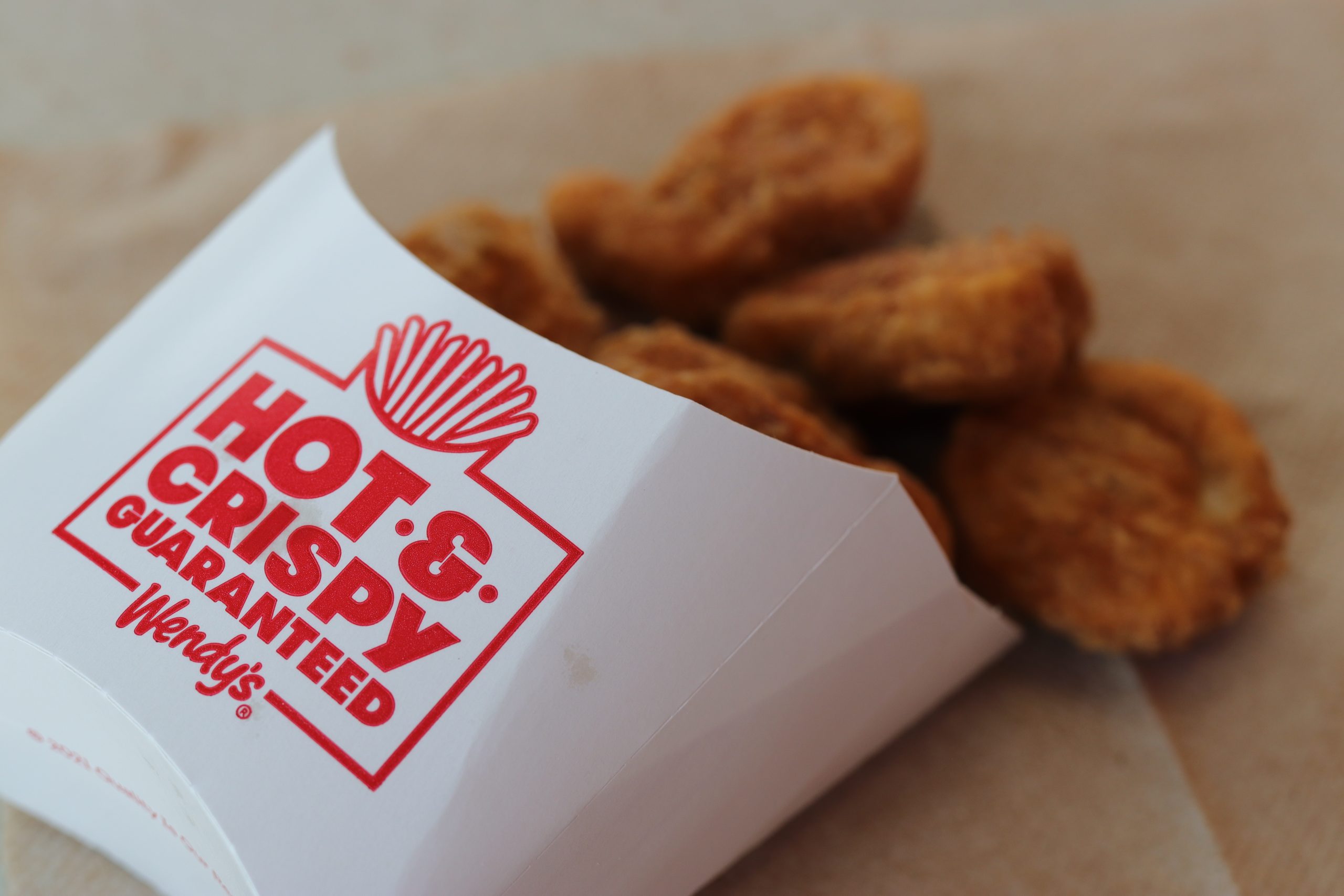
- Total phthalates per serving (Nanograms): 33,980
The fast-food item that contains the most amount of phthalates per serving is none other than chicken nuggets from Wendy’s. Over the years, Wendy’s chicken nuggets have become popular because they’re served in both regular and spicy form. However, it’s clear that those who dine at Wendy’s should avoid the chicken nuggets as much as possible.
The reason the nuggets have so many phthalates in them is because of the paperboard that they’re served in. Unlike cardboard, paperboard melts easier and gets into the food quicker than cardboard. The average chicken nugget meal from Wendy’s contains 33,980 nanograms of phthalates. Wendy’s needs to change the way they serve food for the good of their customers.
Moe’s Southwest Grill: Chicken burrito

- Total phthalates per serving (Nanograms): 24,330
When people think of places like Moe’s Southwest Grill, they typically think they’re eating healthy food. Unlike most fast-food places, Moe’s doesn’t use unhealthy ingredients. But, if you want to make the healthiest choice for yourself, make sure you avoid getting the burritos that Moe’s serves.
Each burrito is wrapped with aluminum foil. This causes more than 24,000 nanograms of phthalates to get into the burrito that you’re about to indulge on. Unlike most of the places on this list, there’s an easy answer for what to do. If you get a bowl with a tortilla on top that doesn’t touch any aluminum foil, then you can dump the food from the bowl into the tortilla and enjoy a great meal.
Chipotle: Chicken burrito
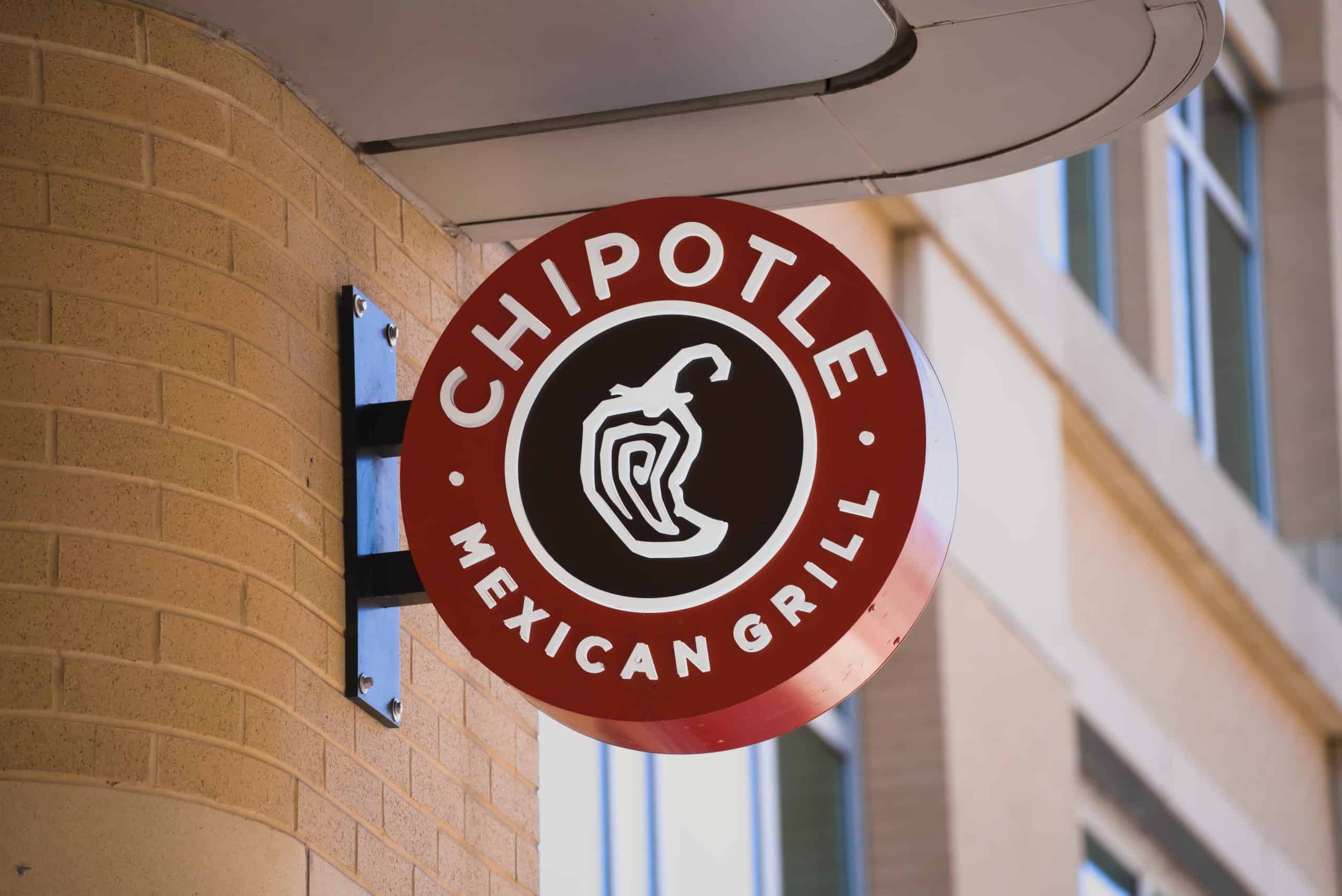
- Total phthalates per serving (Nanograms): 20,579
Like Moe’s Southwest Grill, Chipotle is widely considered one of the healthiest fast food options. Guests can see the food being prepped behind the line, and everything typically tastes fresh. However, like Moe’s, avoid getting a burrito at Chipotle under any circumstance. The burritos are wrapped in aluminum foil, which helps contain the freshness, but also has large amounts of phthalates in it.
There are plenty of alternative options at Chipotle to avoid having your food wrapped in aluminum foil, though. The bowl is the best way to go. You can order a bowl with a tortilla on top to avoid the aluminum foil. Those who eat at Chipotle often are lucky that this is the biggest issue regarding the quality and health of the food that they’re being served.
Burger King: Whopper with cheese
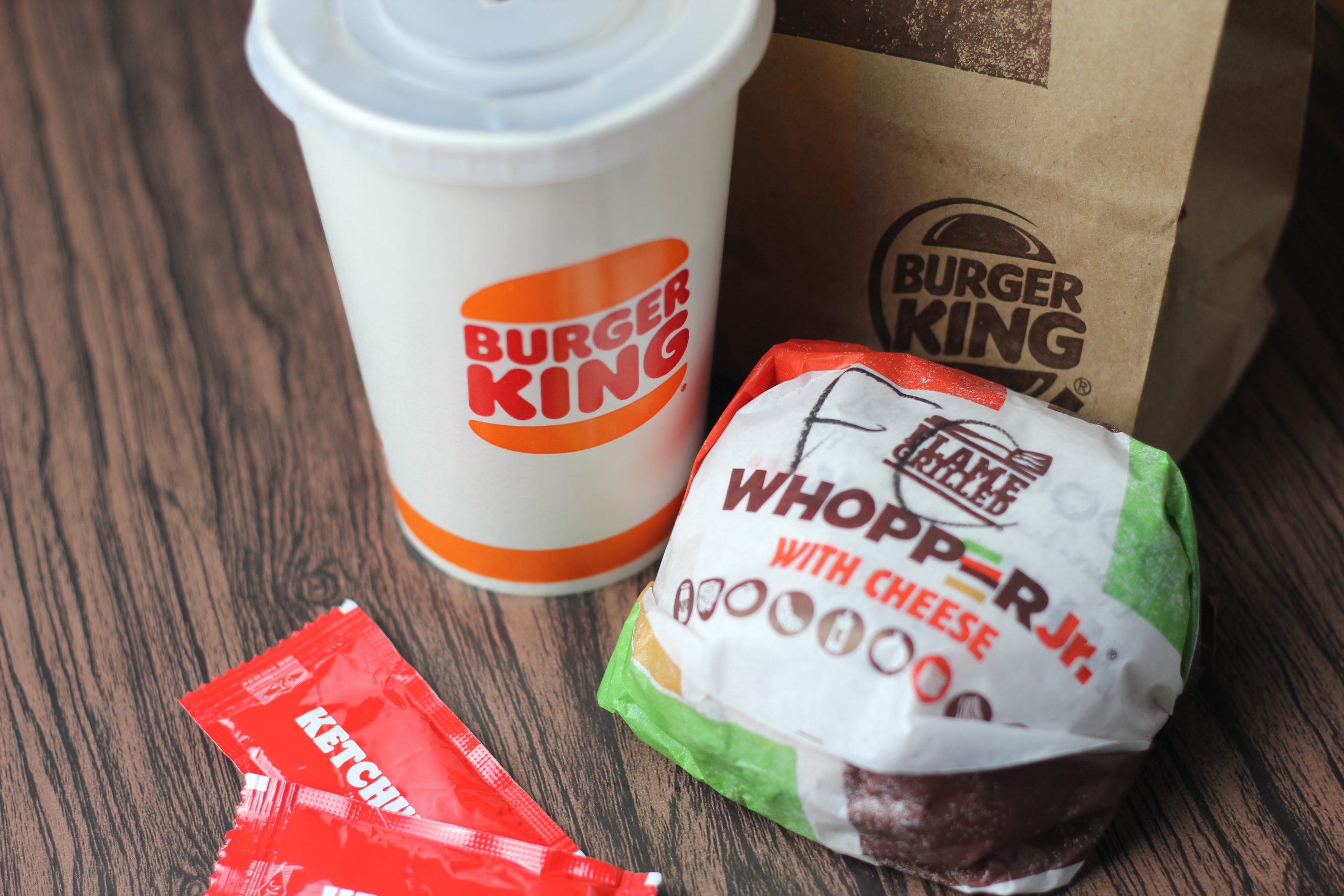
- Total phthalates per serving (Nanograms): 20,167
Over the years, arguably McDonald’s biggest rival in the fast-food game has been Burger King. The restaurant has figured out how to mimic McDonald’s just enough, while keeping their own recipes fresh and unique. Tons of people every year order the Whopper sandwich from Burger King, but those who do should avoid getting it.
The paper that wraps around the sandwiches deposits more than 20,000 nanograms of phthalates into the sandwiches before they’re eaten on average. Because most people go through the drive-thru, there’s an even higher chance that it contains more. The best way to avoid getting the phthalates is to eat inside the restaurant.
Burger King: Chicken nuggets
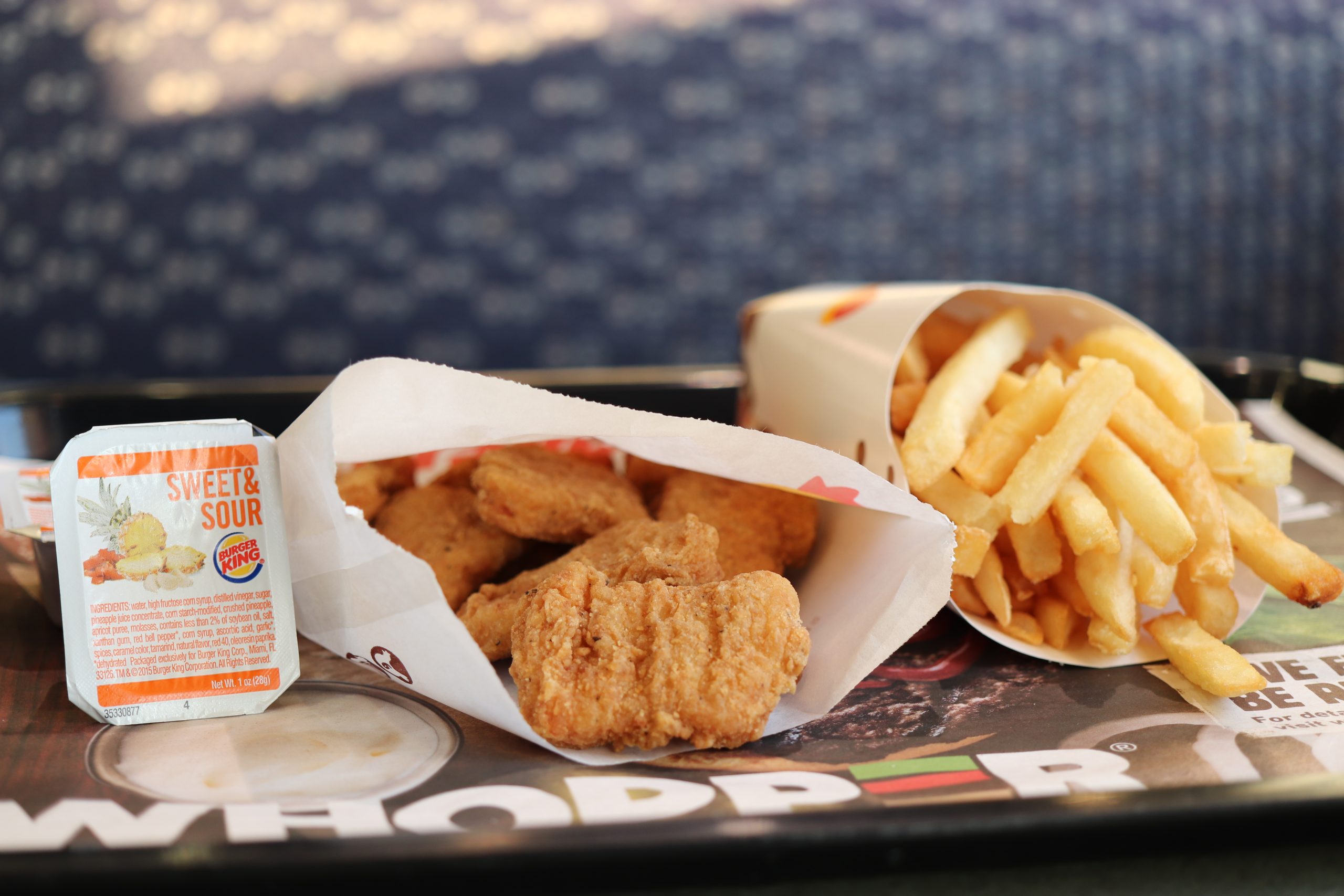
- Total phthalates per serving (Nanograms): 19,782
Another staple at Burger King restaurants around the world is their chicken nuggets. One way Burger King tried to entice people to order their nuggets was by offering them at an incredibly low price about 10 years ago. Some people saw that as gross, since Burger King still needed to profit off the nuggets. But, even today, the nuggets are still considered unhealthy.
Whenever Burger King serves you nuggets, they do so in a paper bag. This paper bag causes there to be more than 19,000 nanograms of phthalates in each serving of the chicken nuggets. The likely reason Burger King serves them like this is to reduce costs. However, in order to keep their customers happy and safe, they should spend more on the packaging.
Wendy’s: Dave’s single with cheese
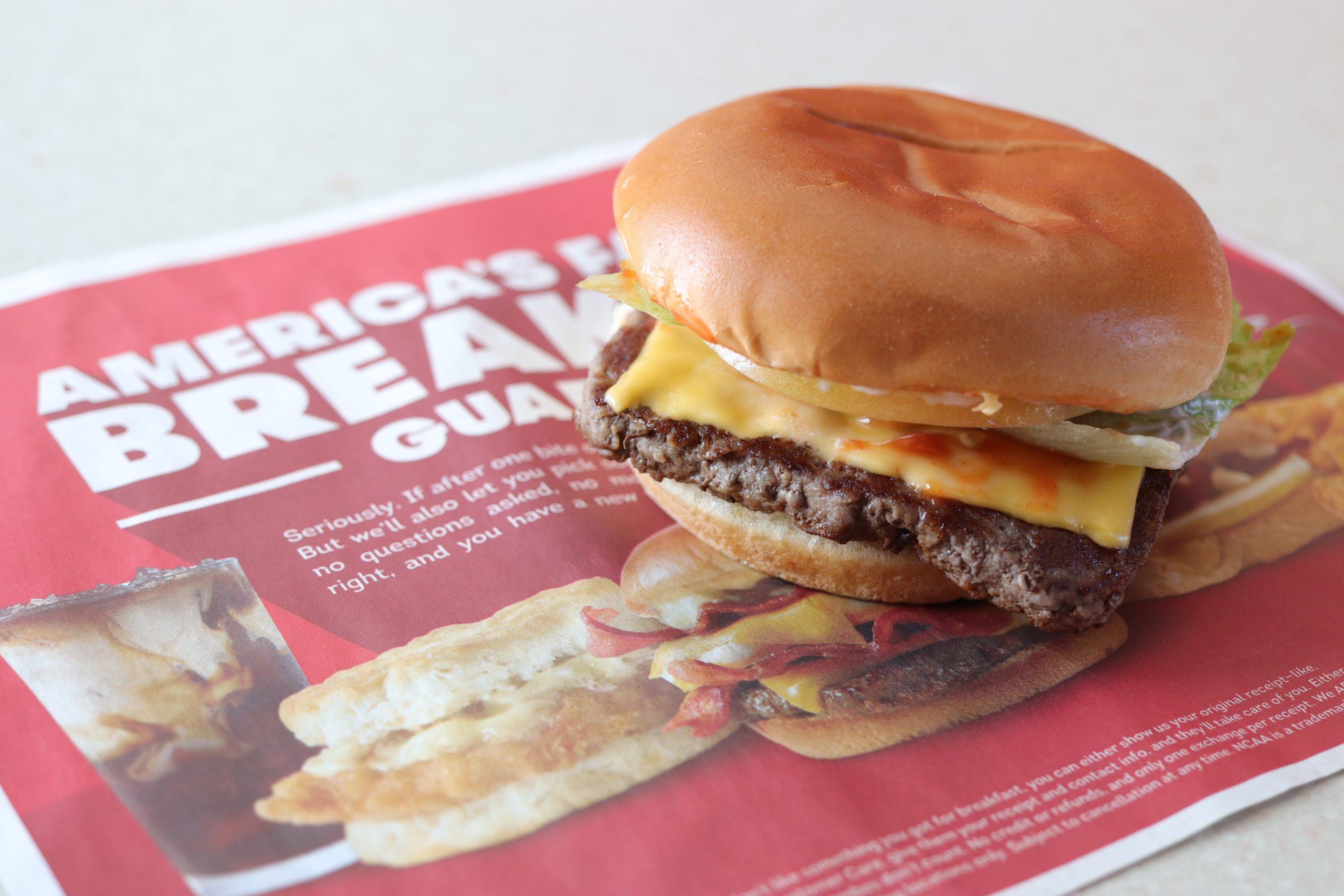
- Total phthalates per serving (Nanograms): 19,520
Nearly every fast-food restaurant in the United States offers a small hamburger on their value menu. For Wendy’s, that meal is the Dave’s single with cheese. There’s something special about a cheeseburger and fries you can dip in your shake from Wendy’s that always brings people back. However, it’s smart to avoid the Dave’s single. Within each burger that Wendy’s serves, there’s roughly 19,500 nanograms of phthalates them.
Whenever a customer is served a Dave’s single, it comes in a combination of paper wrapping and aluminum foil. Those are arguably the two worst things to serve food in, yet Wendy’s decides to combine them. For the time being, Wendy’s needs to pick one or the other. After that, they should completely eliminate the wrapping methods for something new.
McDonald’s: Quarter pounder with cheese
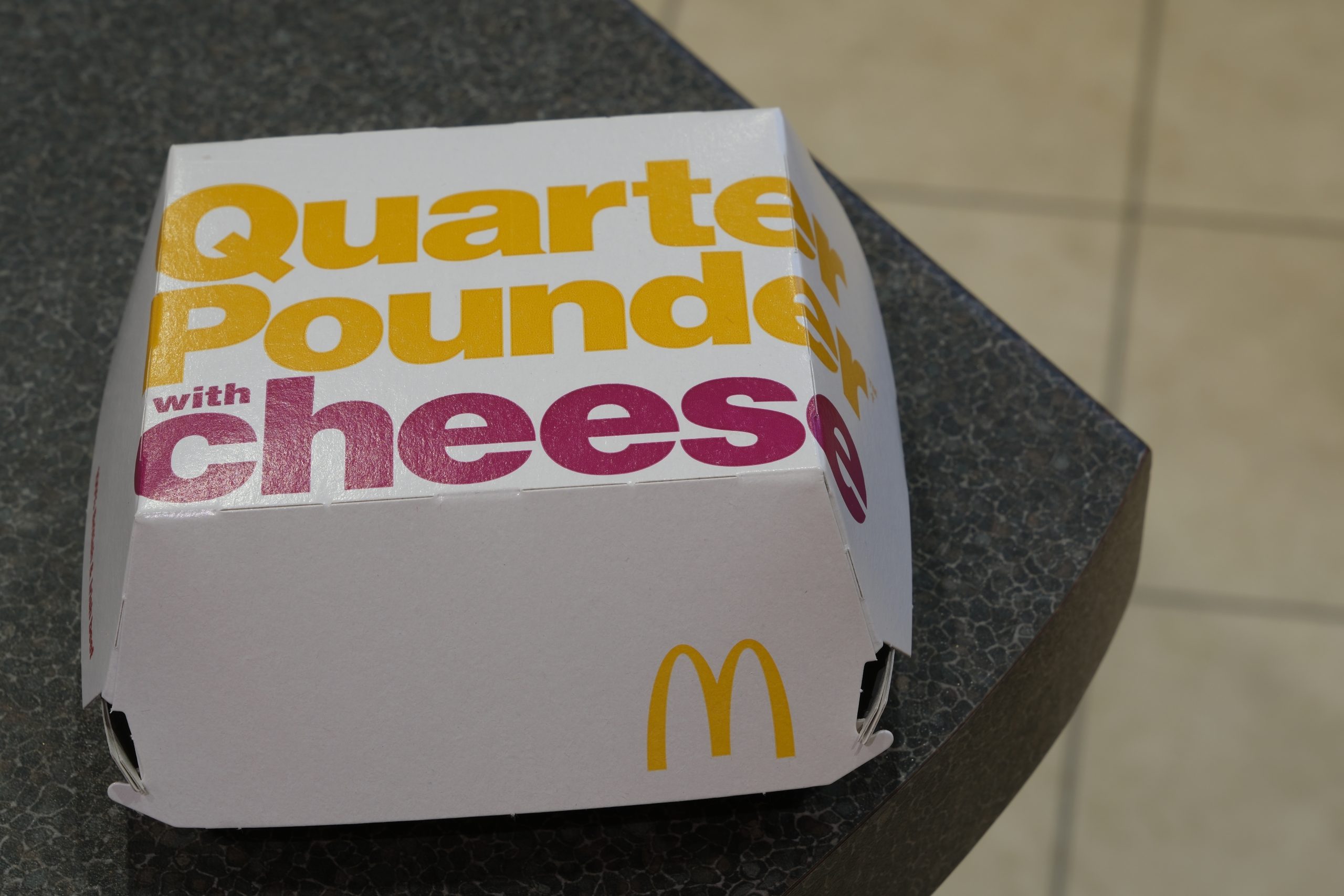
- Total phthalates per serving (Nanograms): 9,956
Millions of people each year order a quarter pounder with cheese from McDonald’s at some point. It’s a common meal during the day and tons of people order them after nights out with friends. It’s relatively cheap compared to some of the items on the McDonald’s menu and fills up a lot of people.
It’s important to know what all is in a quarter pounder with cheese, though. Within each burger, there’s nearly 10,000 nanograms of phthalates. The burgers each come in cardboard, and some of that gets into the burger. While it’s considerably less than the paper that some burgers come in, McDonald’s still should look into ways to decrease the amount of toxins in their food.
Wendy’s: Natural-cut french fries
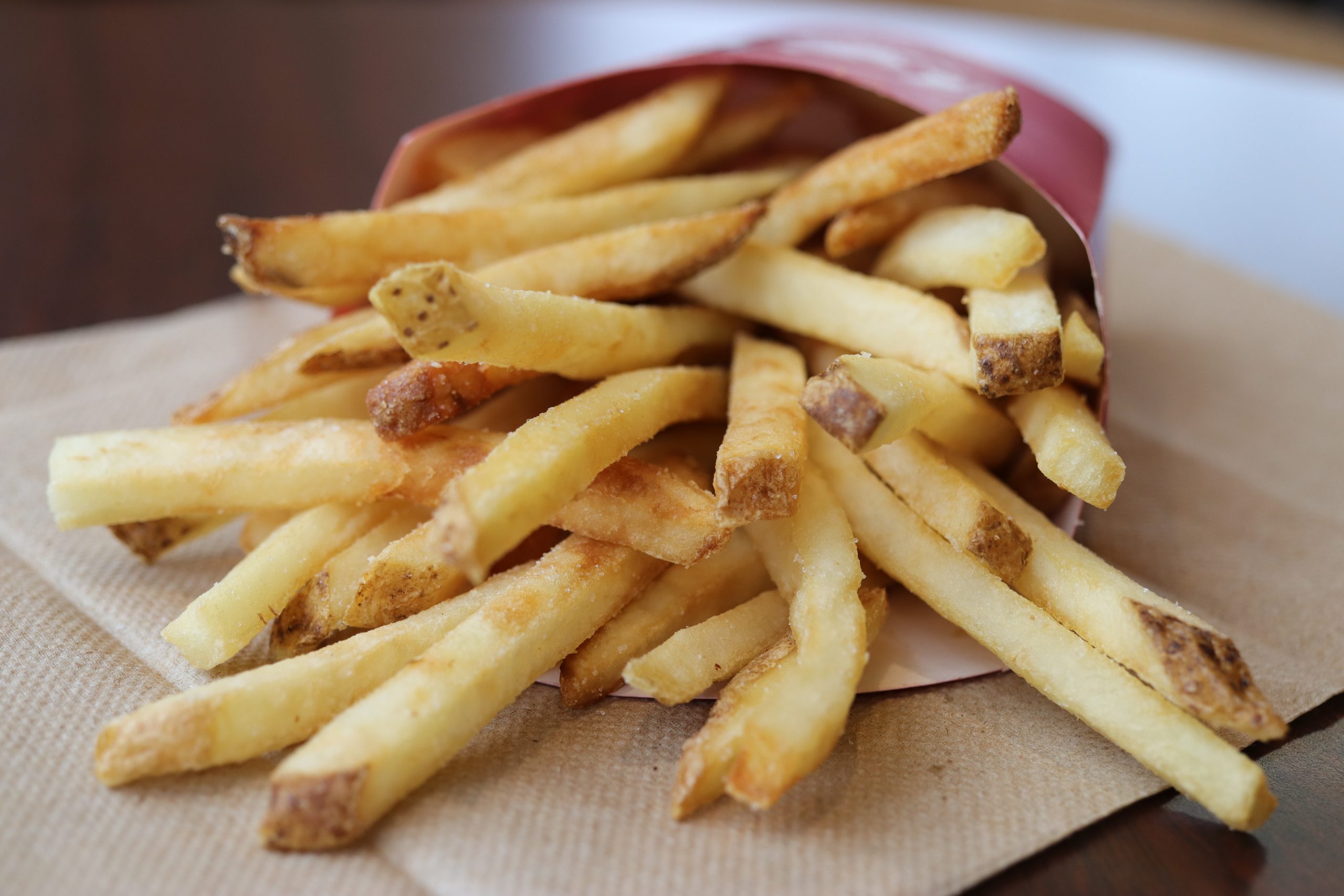
- Total phthalates per serving (Nanograms): 8,876
Nearly every meal from a fast-food restaurant comes with french fries. If it doesn’t, the person ordering typically adds them as a side. At Wendy’s, their french fries have become synonymous with being dipped into shakes. On the surface, it seems like a strange idea. But, tons of people do it and love how it tastes.
It’s vital to know that the french fries from Wendy’s contain more phthalates than any other fast-food restaurant. Within each serving, there’s an average of nearly 8,900 nanograms of phthalates. The fries are handed out to customers in paperboard, which is a combination of paper and cardboard. Wendy’s absolutely needs to figure out a better way to serve fries to their customers in the future.
Burger King: Classic cut fries
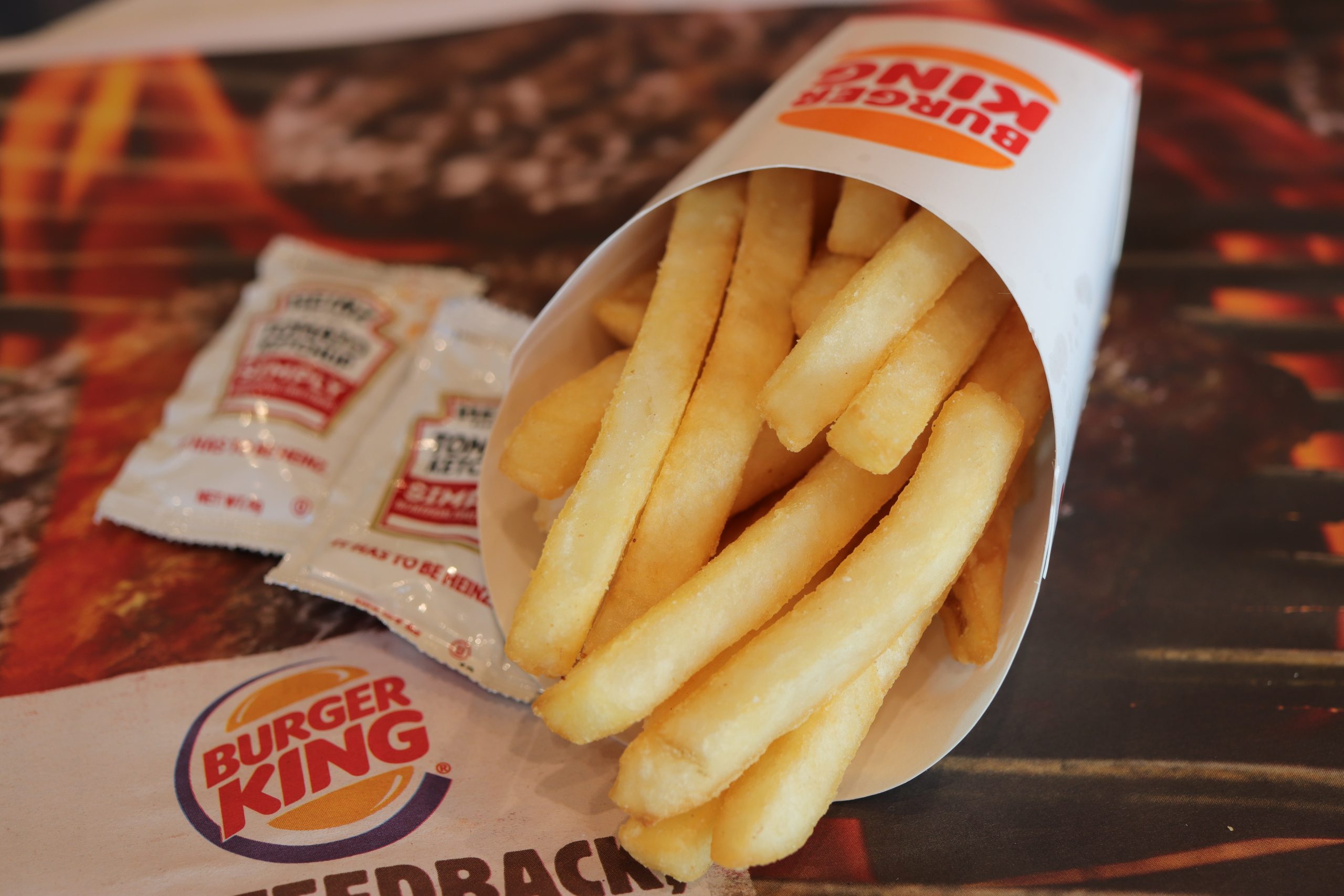
- Total phthalates per serving (Nanograms): 8,512
Landing in second place when it comes to the amount of phthalates in their french fries is Burger King. The fast-food joint is known for their thick fries that tons of people pile onto their sandwiches. There are plenty of dipping sauces at Burger King, so nearly everyone is happy when they’re eating french fries from the restaurant.
Make sure to think twice before ordering fries from Burger King, though. Like Wendy’s, Burger King serves their french fries in paperboard. This causes more phthalates to get into the food than normal. Paperboard is a cheaper method of serving food to customers, which is likely why the two businesses have decided to use it. Hopefully, they change their serving practices in the near future to keep their customers healthy.
McDonalds: Chicken McNuggets
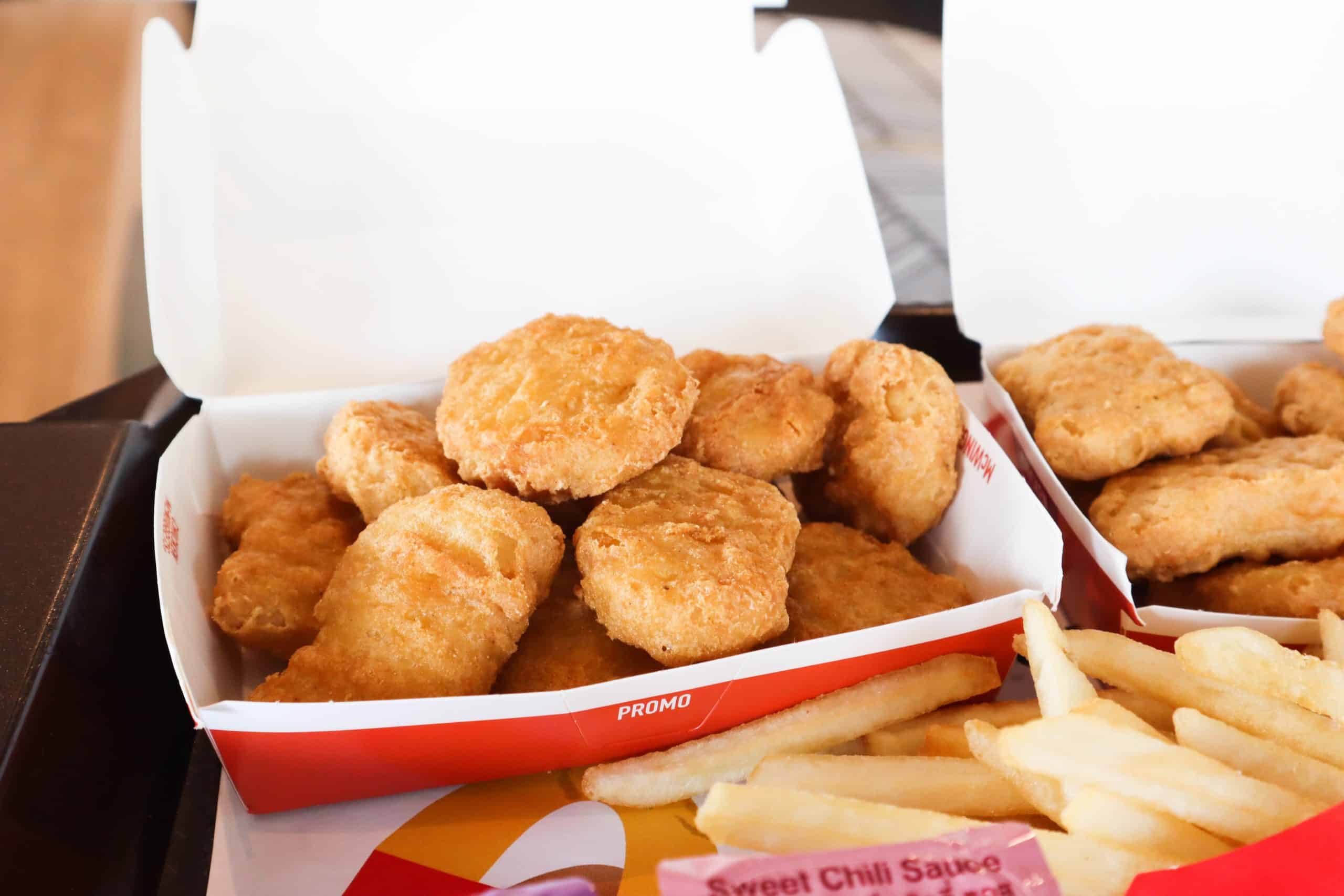
- Total phthalates per serving (Nanograms): 8,030
One of the most popular things to order around the world are McNuggets from McDonald’s. Each nugget is crispy and comes with a delicious sauce to dip them in. You can also stack the nuggets on sandwiches or combine eating them with french fries to add more flavor to each bite. But, consider ordering something else before picking the McNuggets.
Each serving of McNuggets features slightly more than 8,000 nanograms of phthalates in them. The chicken is served to customers in a cardboard box, which is where the toxins come from. Compared to some of the chicken nuggets on this list, 8,000 nanograms might seem like a little. However, each one is still detrimental to your health.
Little Caesars: Classic cheese pizza
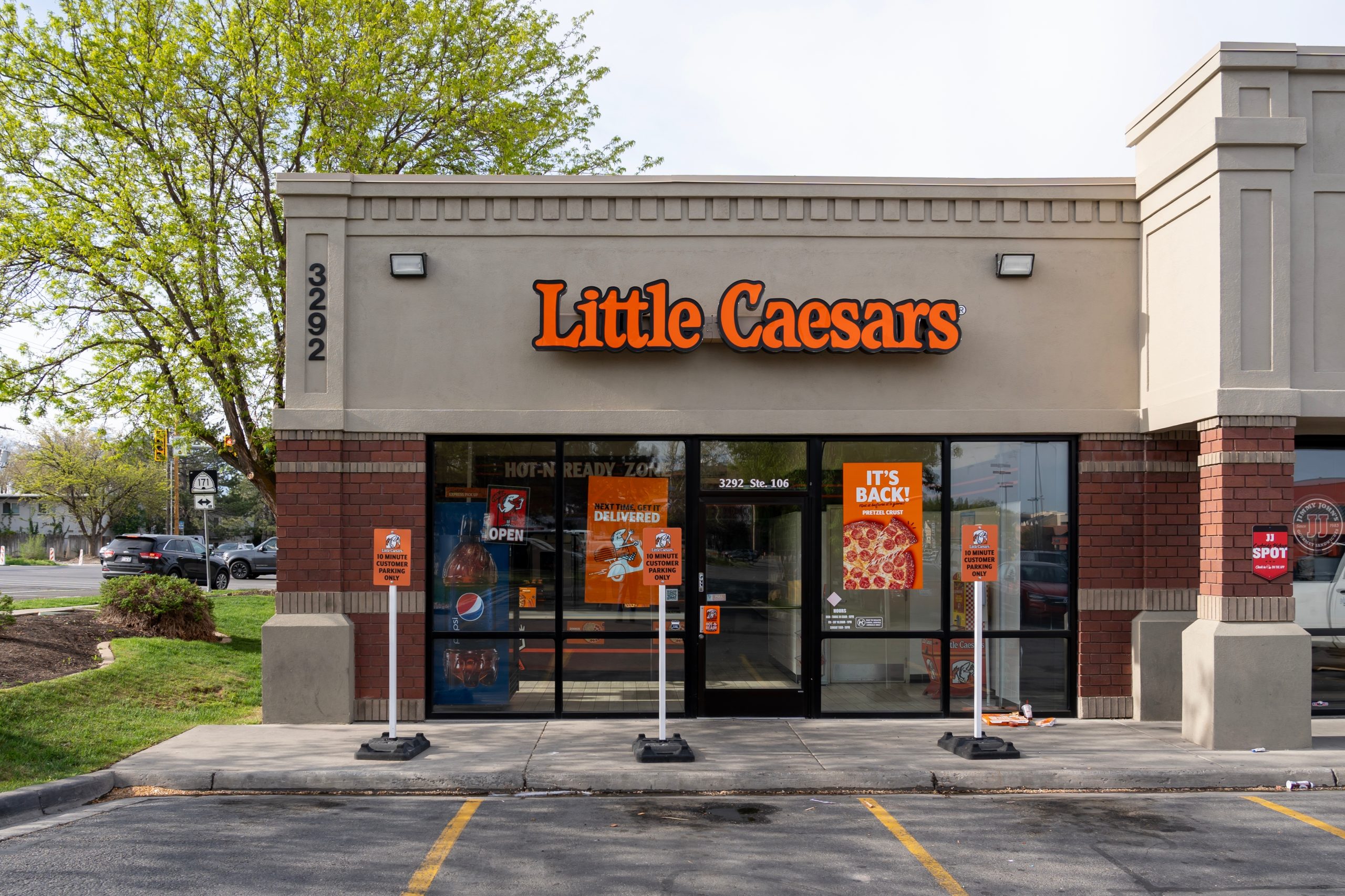
- Total phthalates per serving (Nanograms): 5,703
There’s tons of Little Caesars pizzas on dinner tables around the United States each night. Compared to most pizza places, food from Little Caesars is ready quicker and costs considerably less. The taste is also on par with their competitors. However, their pizza contains the most amount of phthalates compared to the competition.
Within each box of pizza, there’s 5,700 nanograms of phthalates. They come from the cardboard box that the pizza is delivered in. The reason Little Caesars is much higher compared to other pizza places is likely because of the quality of their cardboard boxes. Because the food costs less, the quality of something has to go down. That decrease in quality is likely how great the box the food comes in.
McDonald’s: French fries
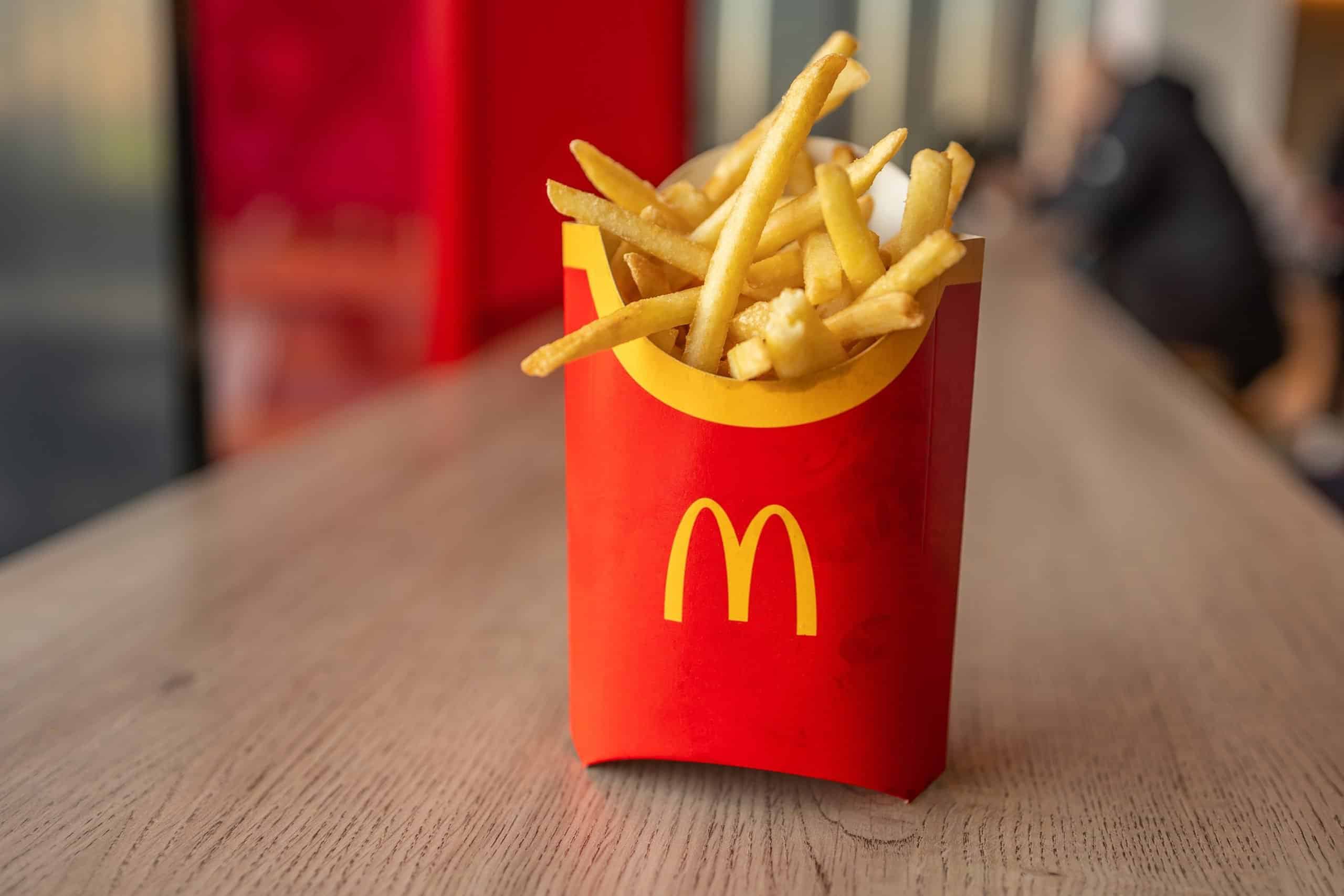
- Total phthalates per serving (Nanograms): 5,538
Over the years, McDonald’s french fries have gained the reputation of tasting the best out of any fast-food restaurant. This likely comes from the amount of salt that’s in each serving of french fries. Customers at McDonald’s combine their fries with nuggets, sandwiches, and every sauce that McDonald’s has.
However, the extreme amount of salt on McDonald’s french fries isn’t the only reason that they’re considered unhealthy. Each serving of fries from McDonald’s has an average of 5,500 nanograms of phthalates in them. The paperboard that McDonald’s serves their french fries in is the reason why. Even though there’s fewer nanograms of phthalates in McDonald’s french fries, they still should focus on fixing the problem.
McDonald’s: Quarter pounder hamburger patty

- Total phthalates per serving (Nanograms): 5,428
Whenever you order a quarter pounder from McDonald’s, you’re going to get tons of phthalates in each bite. Some comes from the packaging the burger comes in. However, there’s already tons of toxins in the hamburger before it even hits the grill. The patty for the quarter pounder contains more than 5,400 nanograms of phthalates in it already.
Because the patty isn’t made in house, it has to be transported to each restaurant. There’s tons of wrapping that the patty is surrounded by for long amounts of time. In the process of becoming a hamburger, the patty gains 5,428 nanograms of phthalates. McDonald’s should look into better ways to package and transport each patty.
Taco Bell: Chicken burrito
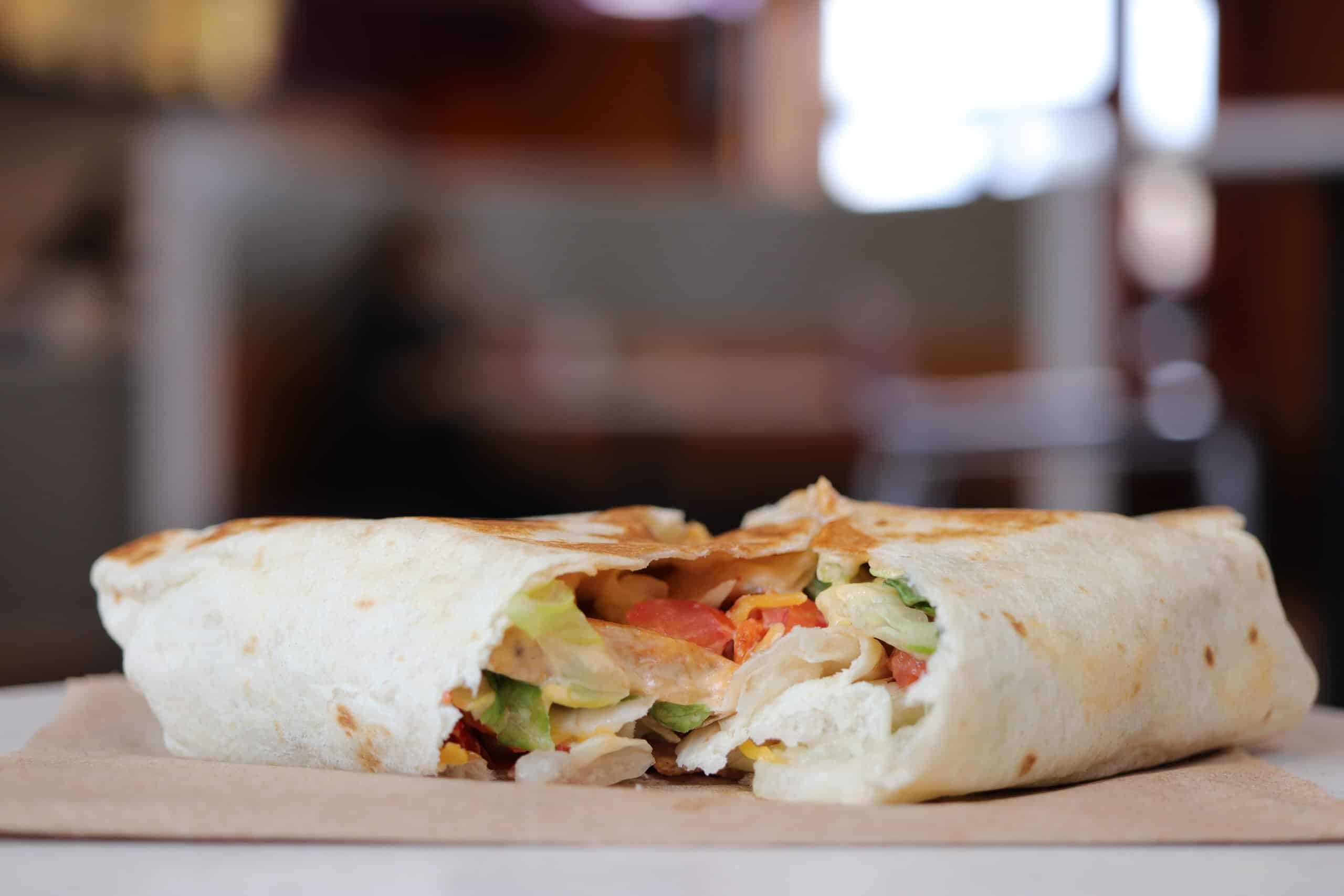
- Total phthalates per serving (Nanograms): 4,720
Another place people order food from after nights out is Taco Bell. Even though the company is trying to advertise themselves as a place to get food at all hours of the day, their nighttime popularity is second to none. However, like with the burritos from Chipotle and Moe’s Southwest Grill, be careful when ordering one from Taco Bell.
There’s far less phthalates in each burrito at Taco Bell, but there are still some. Each burrito is covered in paper wrap to make sure the burrito stays intact. This is why there’s phthalates in each burrito, though. Taco Bell has figured out a good way to reduce the amount in each burrito, but their next step is to find out a way to eliminate them all.
Domino’s: Hand-tossed cheese pizza
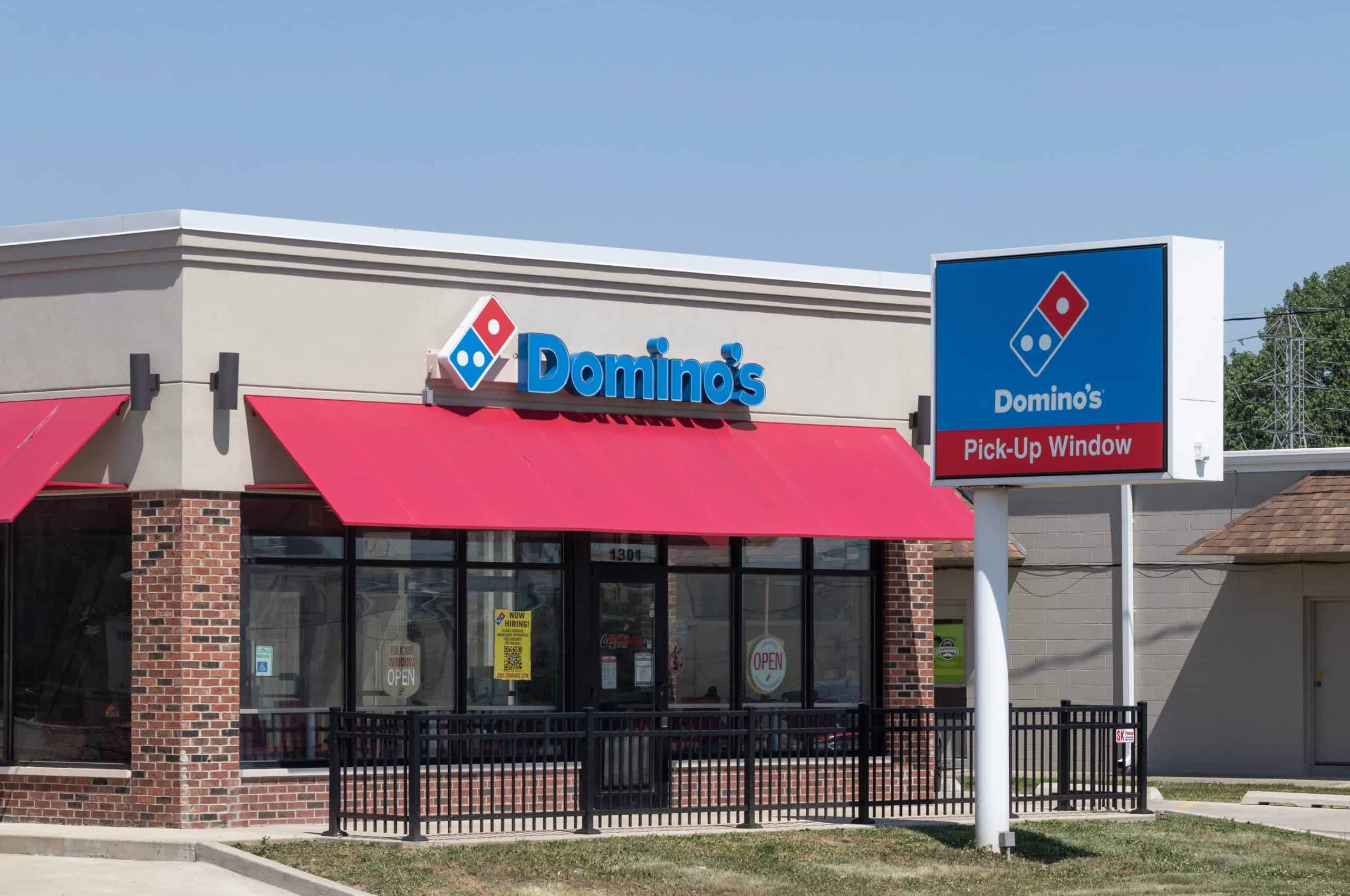
- Total phthalates per serving (Nanograms): 4,356
Pizza is a popular dinner item for families around the United States. It’s cheap and something tons of people enjoy eating. One of the most popular places to order pizza from is Domino’s. Over the years, Domino’s has worked hard to recreate their image among consumers. For a long time, there was an idea that Domino’s pizza wasn’t high quality.
However, even though they’ve worked hard to solve that problem, their pizzas still contain phthalates in each box. There’s more than 4,300 nanograms in each serving. The reason there’s so many is from the cardboard box the pizza is stored in. Pizza boxes are designed to stay warm, but Domino’s boxes give off more phthalates than most companies.
Wendy’s: Dave’s single hamburger patty
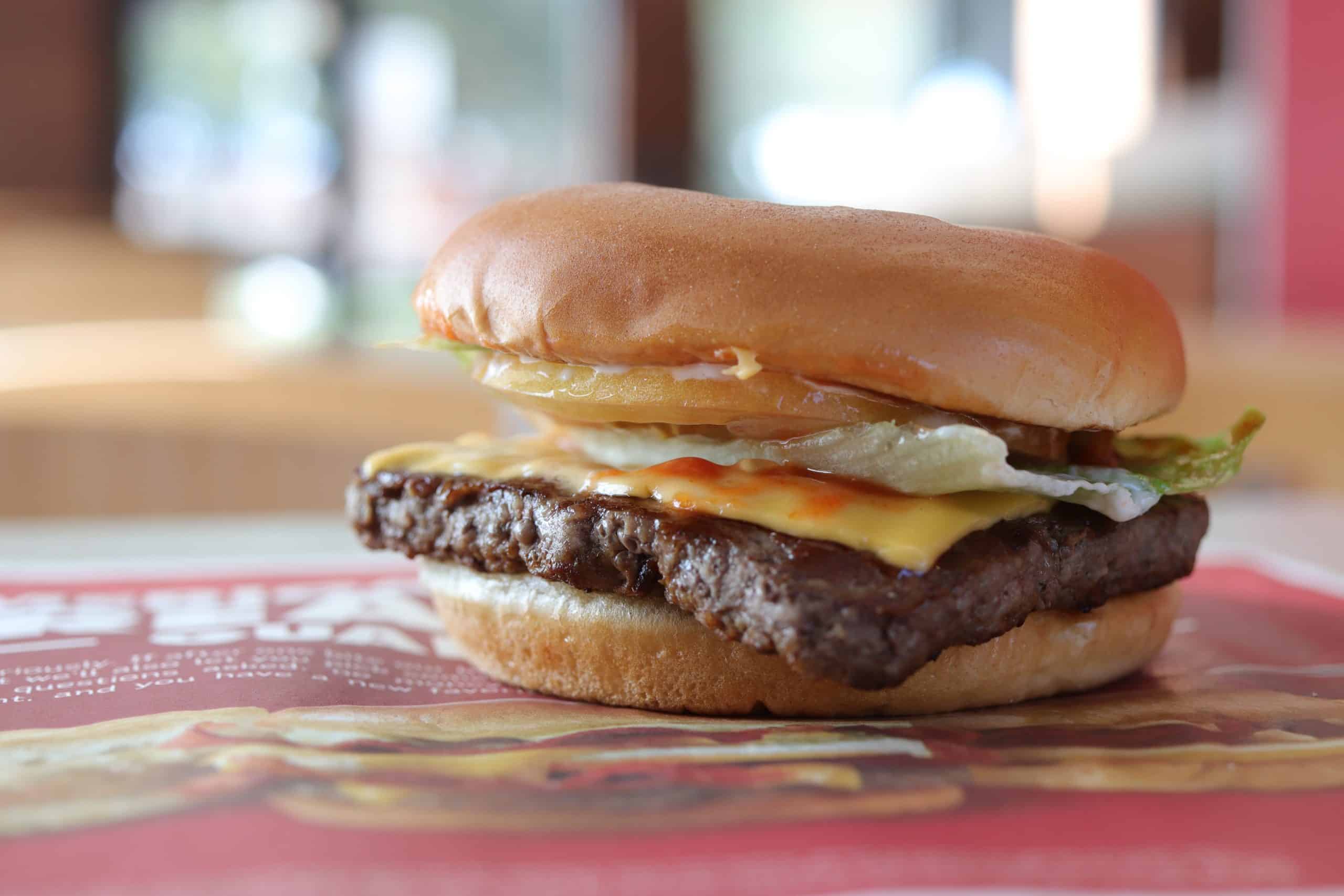
- Total phthalates per serving (Nanograms): 3,629
Like the quarter pounder patty, the Dave’s single hamburger patties from Wendy’s contain phthalates in each piece of meat before it even hits the grill. The reason it contains phthalates is the same as the quarter pounder, the food isn’t made in house. It’s transported from other places around the United States.
To keep the food as fresh as they can, Wendy’s wraps the patties in different materials. Since so many different chemicals touch the patty before it hits the grill, there’s nothing that can be pinpointed as the exact reason. However, there has to be a better, healthier, and safer way for Wendy’s to transport their patties while keeping them fresh for customers.
Burger King: Whopper hamburger patty
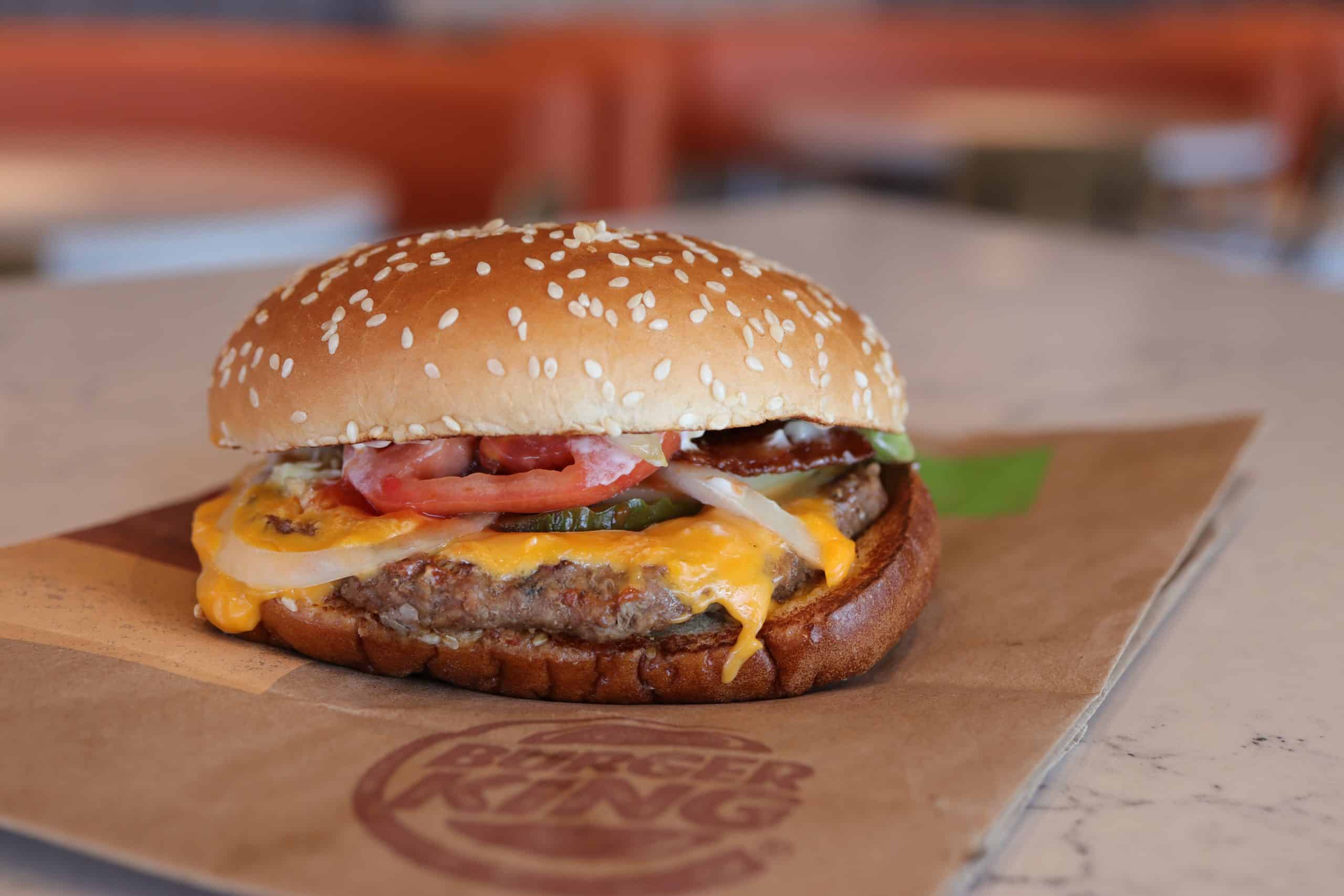
- Total phthalates per serving (Nanograms): 2,870
Another fast-food restaurant that should figure out a better way to transport their hamburger patties is Burger King. Like McDonald’s and Wendy’s, the Whopper patties that Burger King serves aren’t made in house. They’re delivered from various parts of the country to each restaurant.
The various toxins that touch the patties while they’re in transit to their final destination are why there are nearly 2,900 nanograms of phthalates in each Whopper patty before they even hit the grill. If all of the fast-food chains came together and figured out a way to transport their foods in a healthier way, the consumers would be grateful and likely would purchase more food from them.
Pizza Hut: Original cheese pan pizza
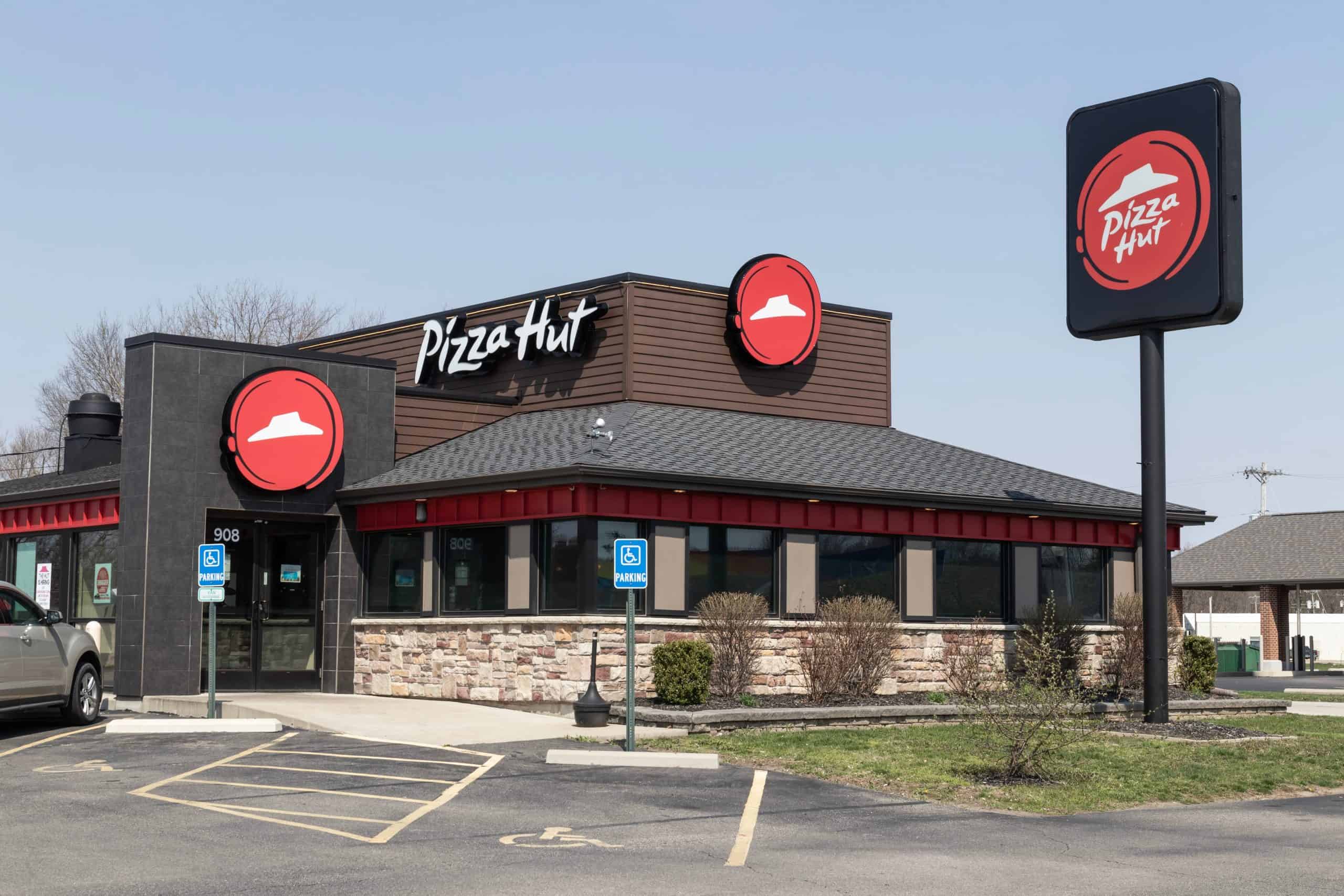
- Total phthalates per serving (Nanograms): 2,718
There’s plenty of families who enjoy having Pizza Hut delivered to their house. Others prefer to pick it up on the way home from work for dinner. Pizza Hut was one of the first pizza places to experiment with making side dishes to pair with their pizza, which is one of the reasons they’re so popular among American families. However, the pizza contains more phthalates than it should.
Like Domino’s and Little Caesars, the pizza boxes from Pizza Hut are why there’s so many phthalates in each serving. The boxes need to keep the pizza warm, but not at the cost of the quality. Whenever you’re dining at any of these restaurants, keep in mind the amount of phthalates in these foods. It might save you down the line. For more food content, click here to read about the most iconic diners in America.
